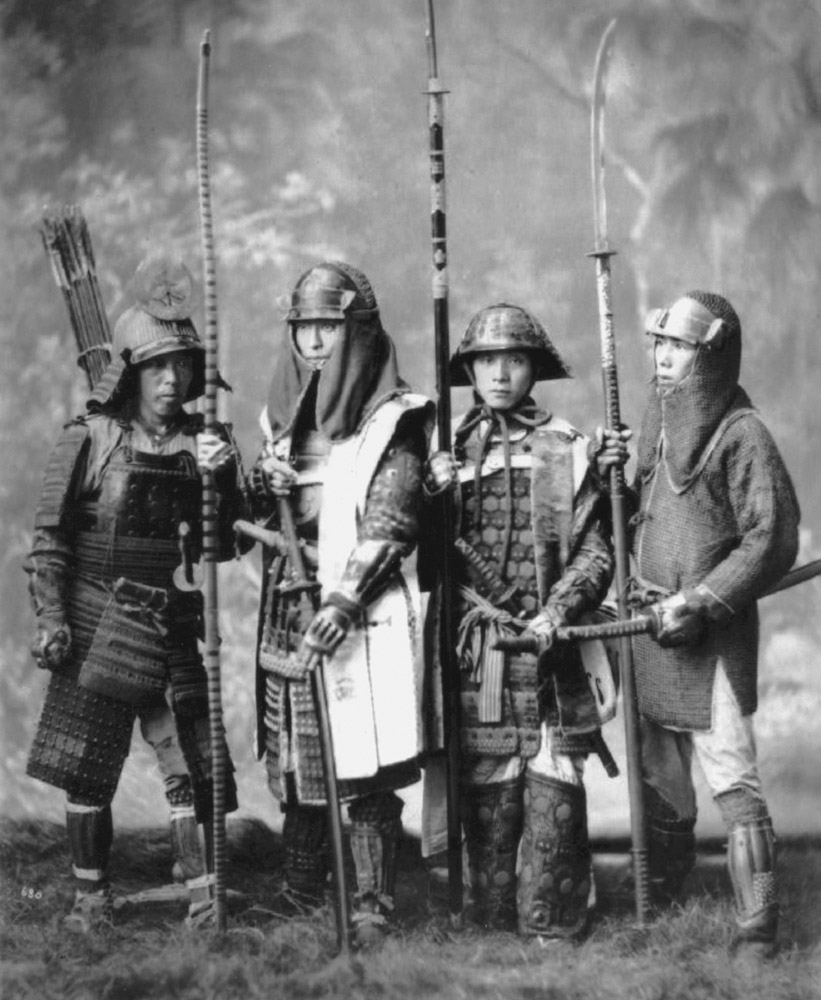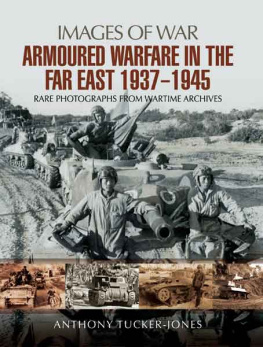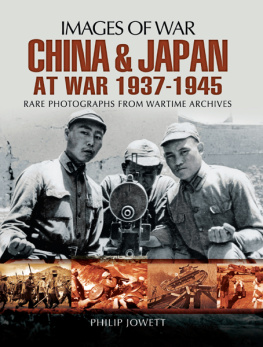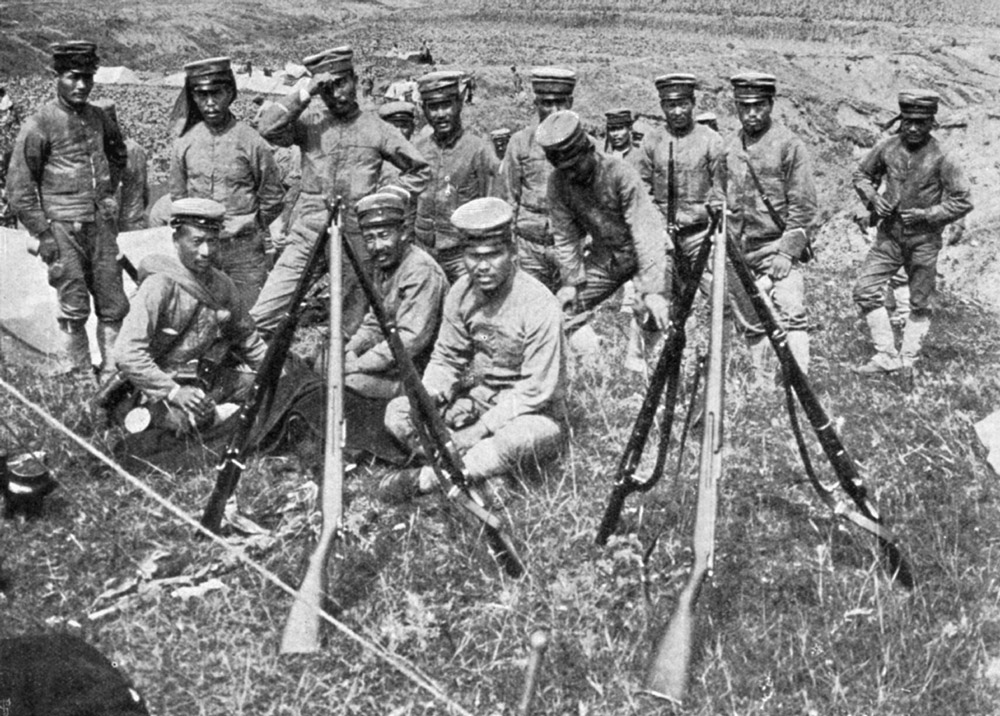
IMAGES OF WAR
RISING SUN AT WAR
THE JAPANESE ARMY 1931-1945
RARE PHOTOGRAPHS FROM WARTIME ARCHIVES
Philip S. Jowett
First published in Great Britain in 2017 by
PEN & SWORD MILITARY
An imprint of
Pen & Sword Books Ltd
47 Church Street
Barnsley
South Yorkshire
S70 2AS
Copyright Philip S. Jowett, 2017
ISBN 978-1-47387-488-6
eISBN 978-1-47387-490-9
Mobi ISBN 978-1-47387-489-3
The right of Philip S. Jowett to be identified as author of this work has been asserted by him in accordance with the Copyright, Designs and Patents Act 1988.
A CIP catalogue record for this book is available from the British Library.
All rights reserved. No part of this book may be reproduced or transmitted in any form or by any means, electronic or mechanical including photocopying, recording or by any information storage and retrieval system, without permission from the Publisher in writing.
Pen & Sword Books Ltd incorporates the imprints of Pen & Sword Archaeology, Atlas, Aviation, Battleground, Discovery, Family History, History, Maritime, Military, Naval, Politics, Railways, Select, Social History, Transport, True Crime, and Claymore Press, Frontline Books, Leo Cooper, Praetorian Press, Remember When, Seaforth Publishing and Wharncliffe.
For a complete list of Pen & Sword titles please contact
PEN & SWORD BOOKS LIMITED
47 Church Street, Barnsley, South Yorkshire S70 2AS, England
E-mail:
Website: www.pen-and-sword.co.uk

A Japanese army mountain gun is fired by its crew during fighting in the hills of Southern China in 938. The Japanese faced resistance in the Southern Chinese provinces from both regular and irregular Nationalist forces loyal to Chiang Kai-shek. During their campaigns in China, Japanese troops often faced difficult terrain like this.
Introduction
B y the beginning of the twentieth century Japan had recently emerged from centuries of isolation from the rest of the world. It had spent the second half of the nineteenth century modernizing certain aspects of its society although still maintained many of its traditions.
The Japanese army and navy had modernized at a steady rate from the 870s and had begun to look beyond their own shores for military adventures. In 894 Japan went to war with the Chinese empire (Sino-Japanese War, 89495) which had been the dominant power in East Asia and defeated it decisively. Even though some of the gains that Japan had made from the Chinese had to be handed back to them as a result of international pressure they continued to maintain their territorial ambitions on the Asian mainland. In 900 Japanese troops were decisive in quelling the anti-foreigner Boxer Rebellion alongside smaller military contingents from European powers and the USA. Chinas price for peace with the foreign powers was the granting of territorial and trading concessions to all the powers apart from the USA. These concessions gave the Japanese a foothold in China and allowed for the stationing of their troops in the region. The acquisition of Manchuria, the northern most region of China, fulfilled Japans desire for more living space for its expanding population and for natural resources for its industry. With China effectively neutralized, the only military power in Asia that could challenge the Japanese was the Russian empire. War with Russia was inevitable and in 904 it broke out and again the Japanese were largely victorious on land and at sea (Russo-Japanese War, 9045). Having defeated their main regional rival Russia, Japan now faced little opposition to its planned expansion of the Asian mainland.
When the First World War broke out in August 4 the Japanese army and navy had a new role to play as an ally of France, Great Britain and its old adversary Russia. Its first act was to capture the fortress of Tsingtao built by the Germans in their concession in Shantung province, China. The Japanese navy also took the Pacific Islands, which had formed part of the German empire before 4. Several of these islands were to be retained by the Japanese when the German territories were being shared out after their defeat in 8. When civil war broke out in Russian in 8 the Japanese acted again sending a large expeditionary force into Siberia, which bordered its Manchurian concessions. Even though there were troops in the region from many European states supporting the anti-revolutionary Russian forces the Japanese remained for several years after the others had gone home, staying until
Throughout this period there was constant political conflict as Japans civilian politicians tried to rein in the over ambitious military. The civilian government did manage to secure the withdrawal of Japanese forces from Siberia and the Chinese province of Shantung. At the same time, the Imperial Army was reduced in number by four divisions in the face of fervent opposition from the military leadership.
In the mid- to late 920s the Japanese maintained their garrisons in Manchuria and on several occasions intervened in the civil war raging throughout China. These interventions were justified on the basis that they were protecting Japanese civilians living in cities affected by the Chinese conflict. In 928 the victory of the Chinese National Revolutionary Army (NRA) of Chiang Kai-shek threatened to unite the country for the first time in almost twenty years. The Japanese Kwangtung Army, which had been stationed in Manchuria since 900, was determined that the unification of China under one government should not interfere with its control of parts of the province. When the Manchurian leader, Chang Hsueh-liang, agreed to join Chiang Kai-sheks government it was only a matter of time before the Kwangtung Army acted. In September plotters within the Kwangtung Army planted a bomb on the Manchurian railway. This bomb was blamed on the Chinese which gave the Japanese an excuse to attack the Nationalist garrison at Mukden. Within days the Japanese were advancing through Southern Manchuria and the Imperial Army had begun its war on China.
Acknowledgements
My thanks go as always to anyone who has assisted me over the years with information, encouragement and photographs for my publications.
The photographs used in this book are from the Philip Jowett collection unless otherwise indicated.

A group of Samurai warriors pose for the camera in a Tokyo studio in the late 800s as a centuries old era of military tradition comes to an end. Although many of these fighters would have to adapt to the new modern ways of warfare, most retained much of their old mentality. In the wars of the early 900s survivors from this period of Japanese military history maintained the Bushido way of life. As the century unfolded some of the humane elements of the Bushido Code, such as good treatment of prisoners, were forgotten. These were replaced with a brutal attitude which called for the military objective to be achieved no matter the cost to enemy soldier or civilian alike.















